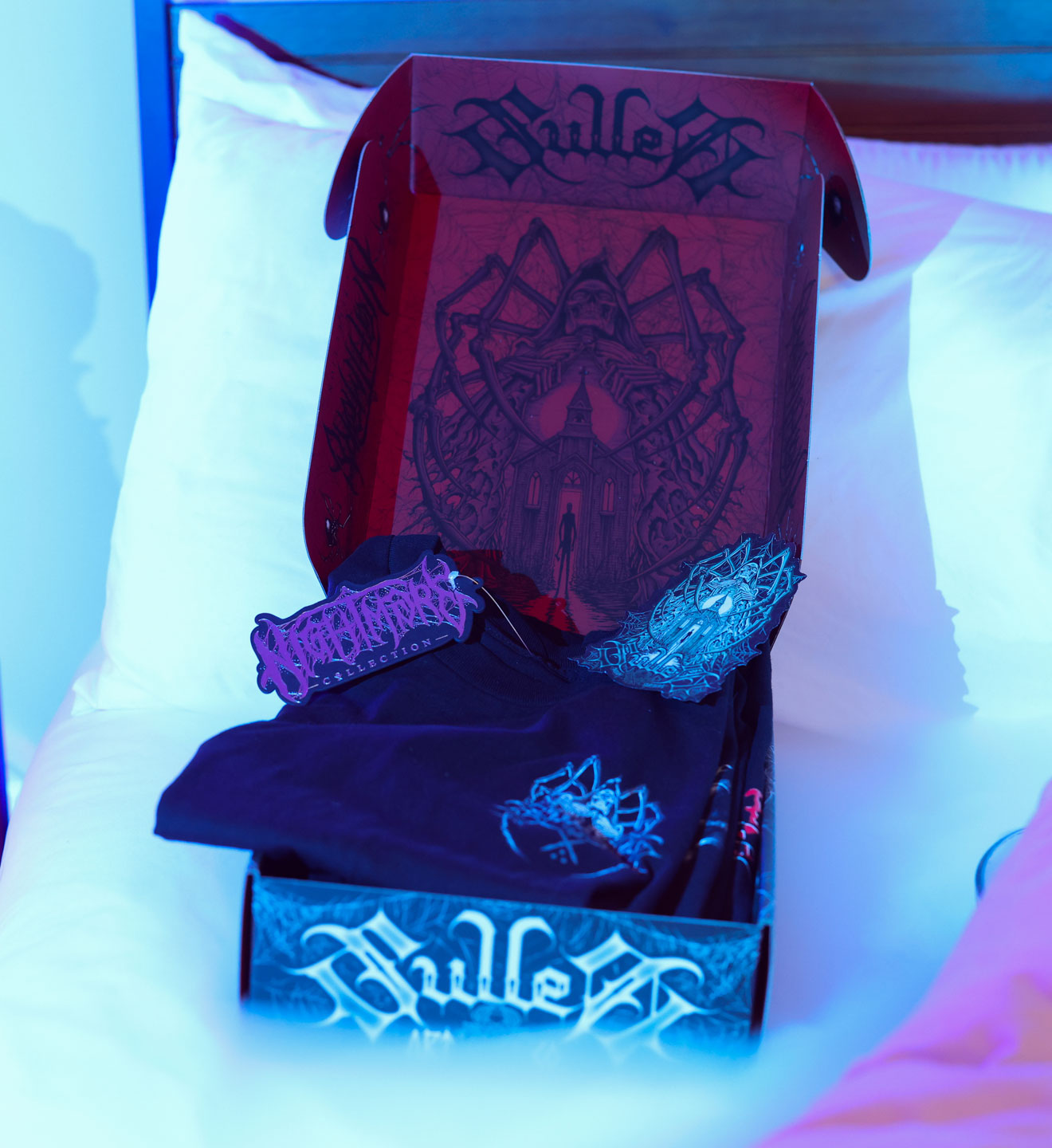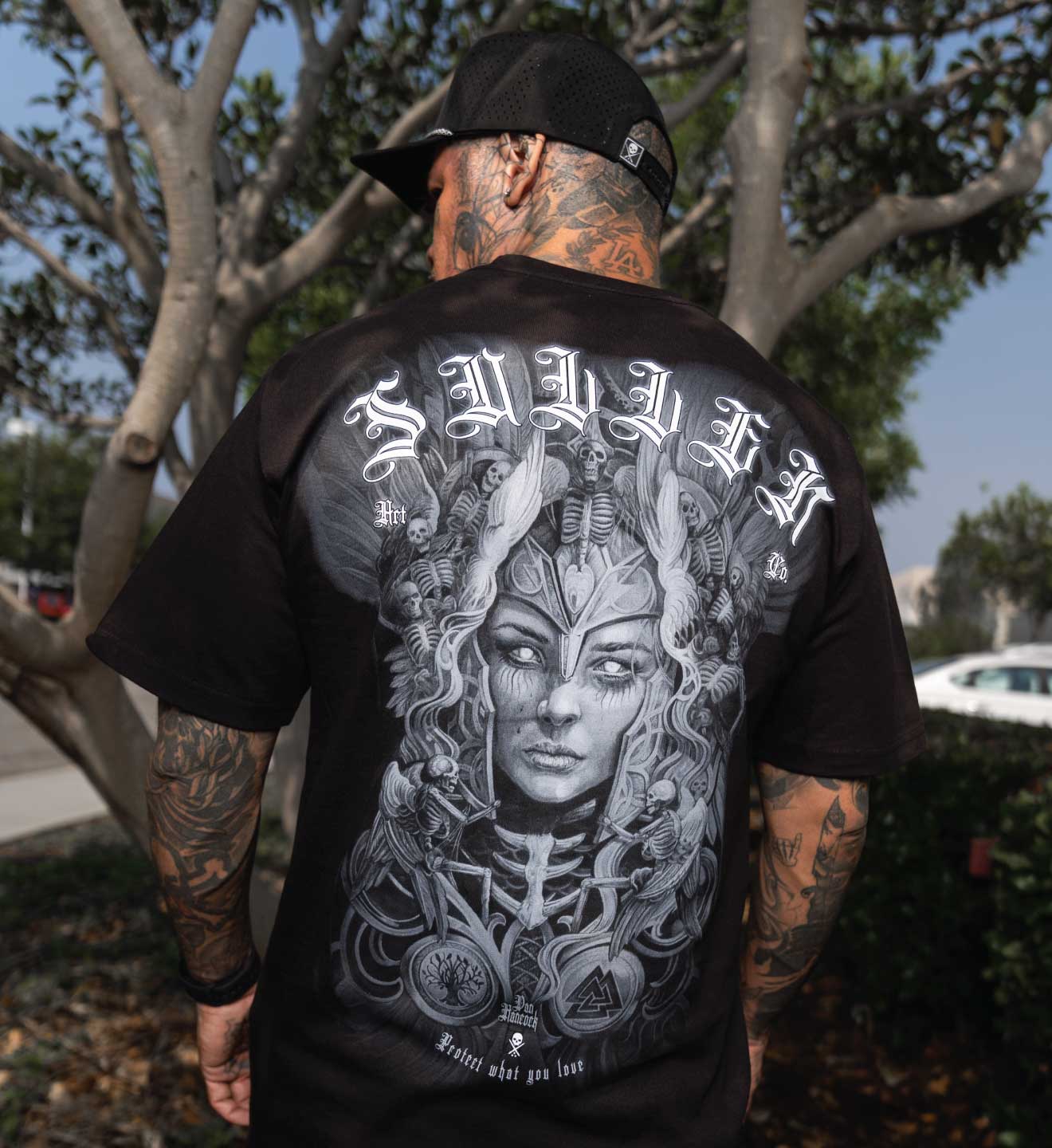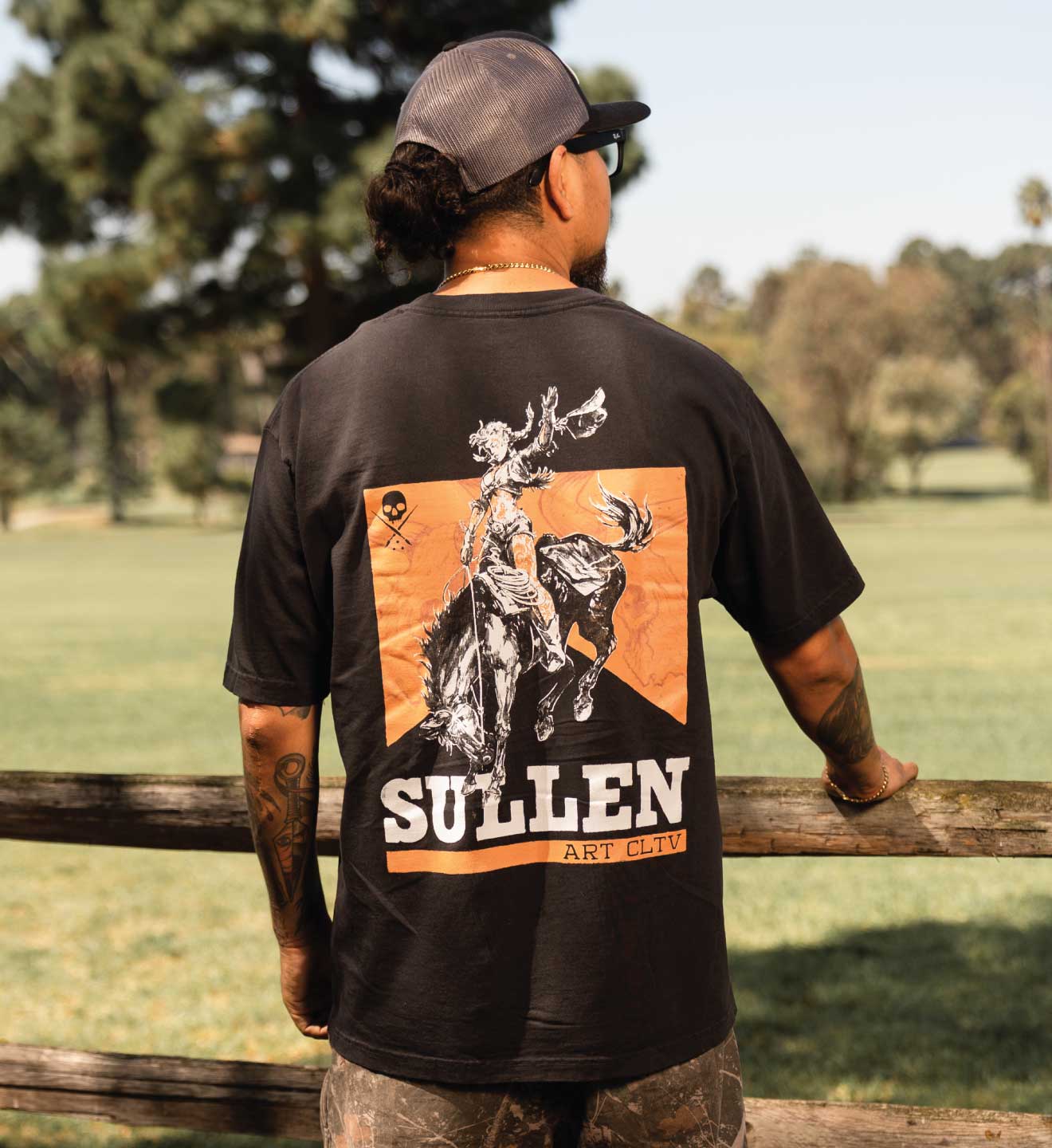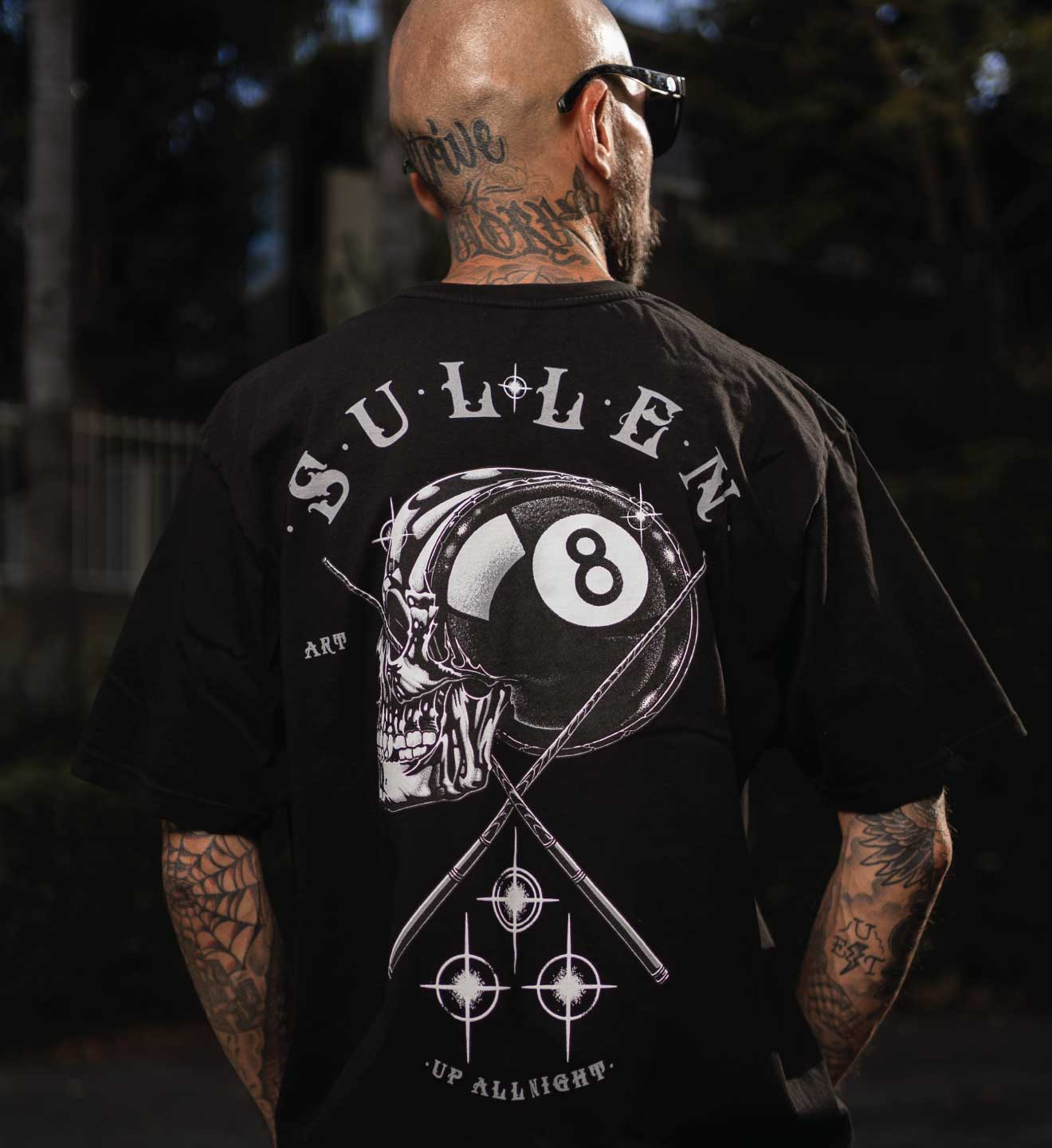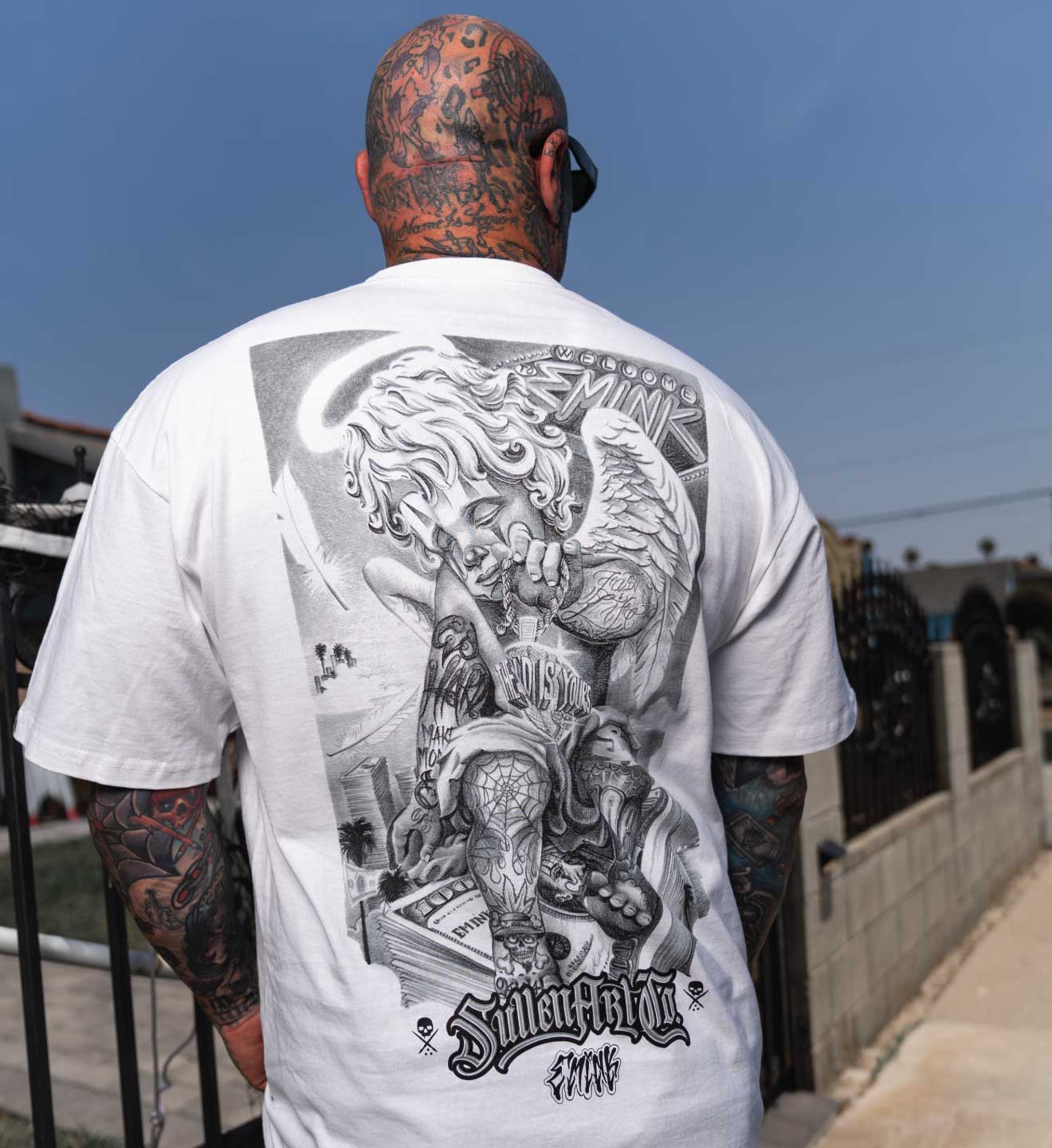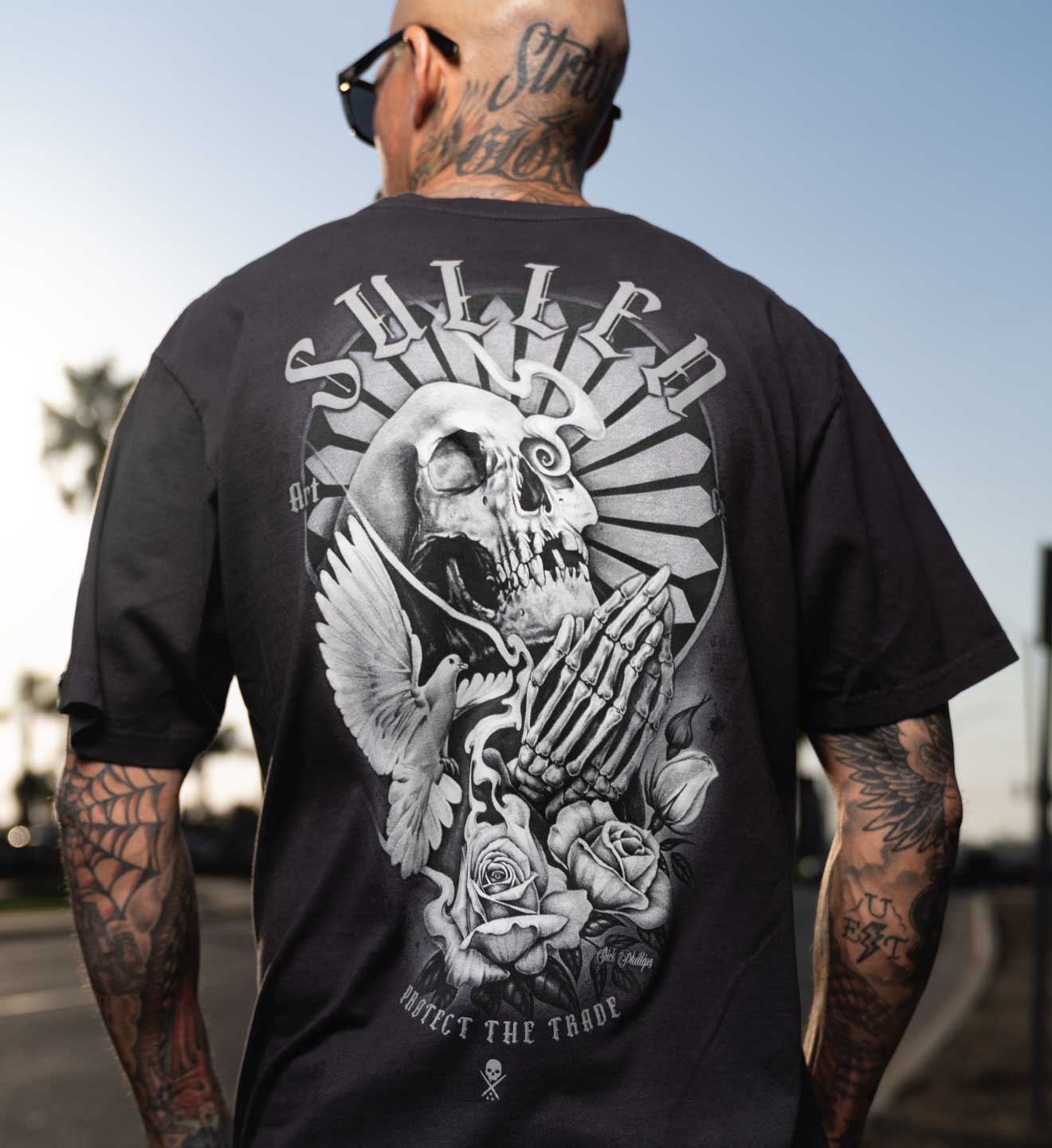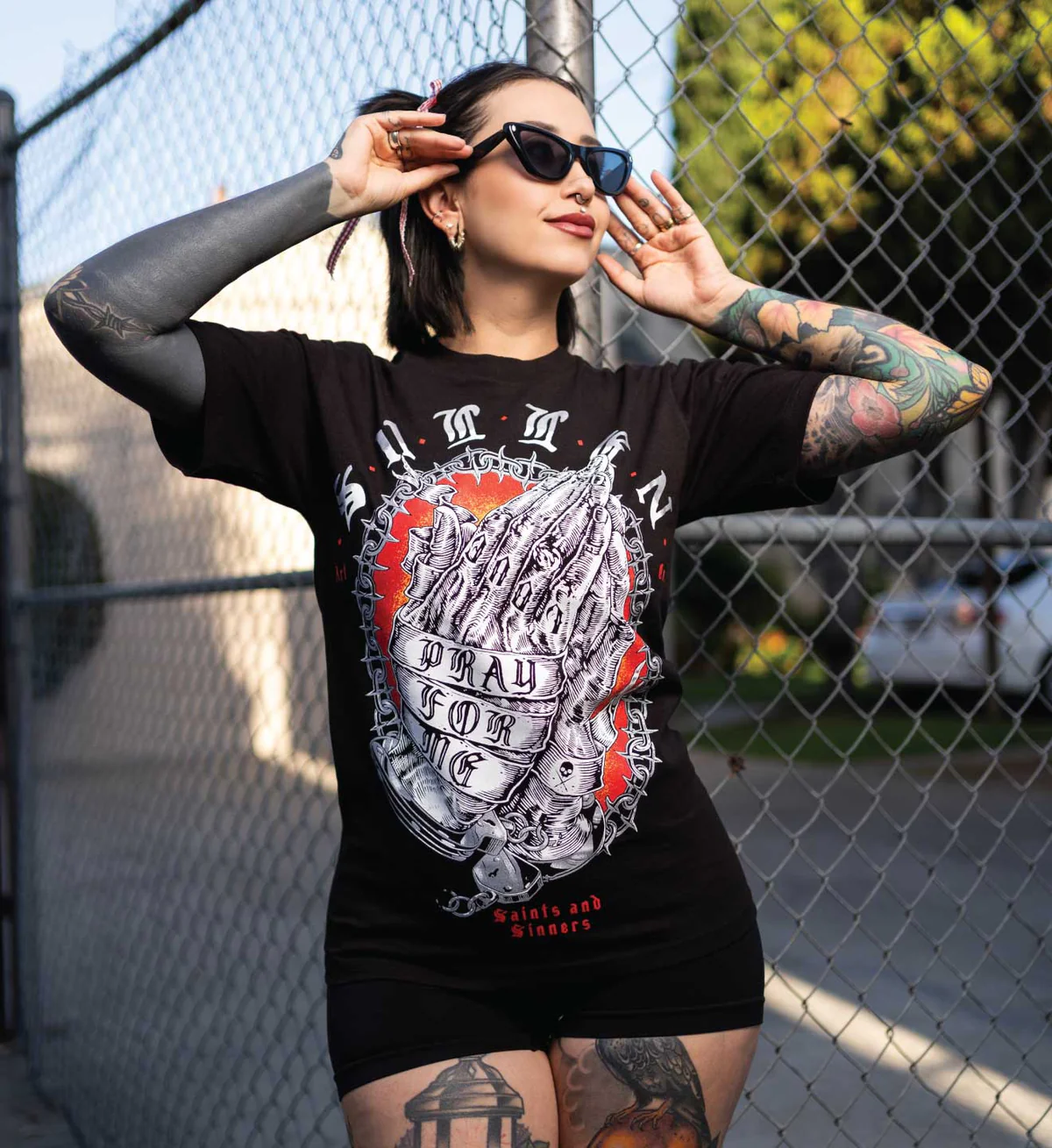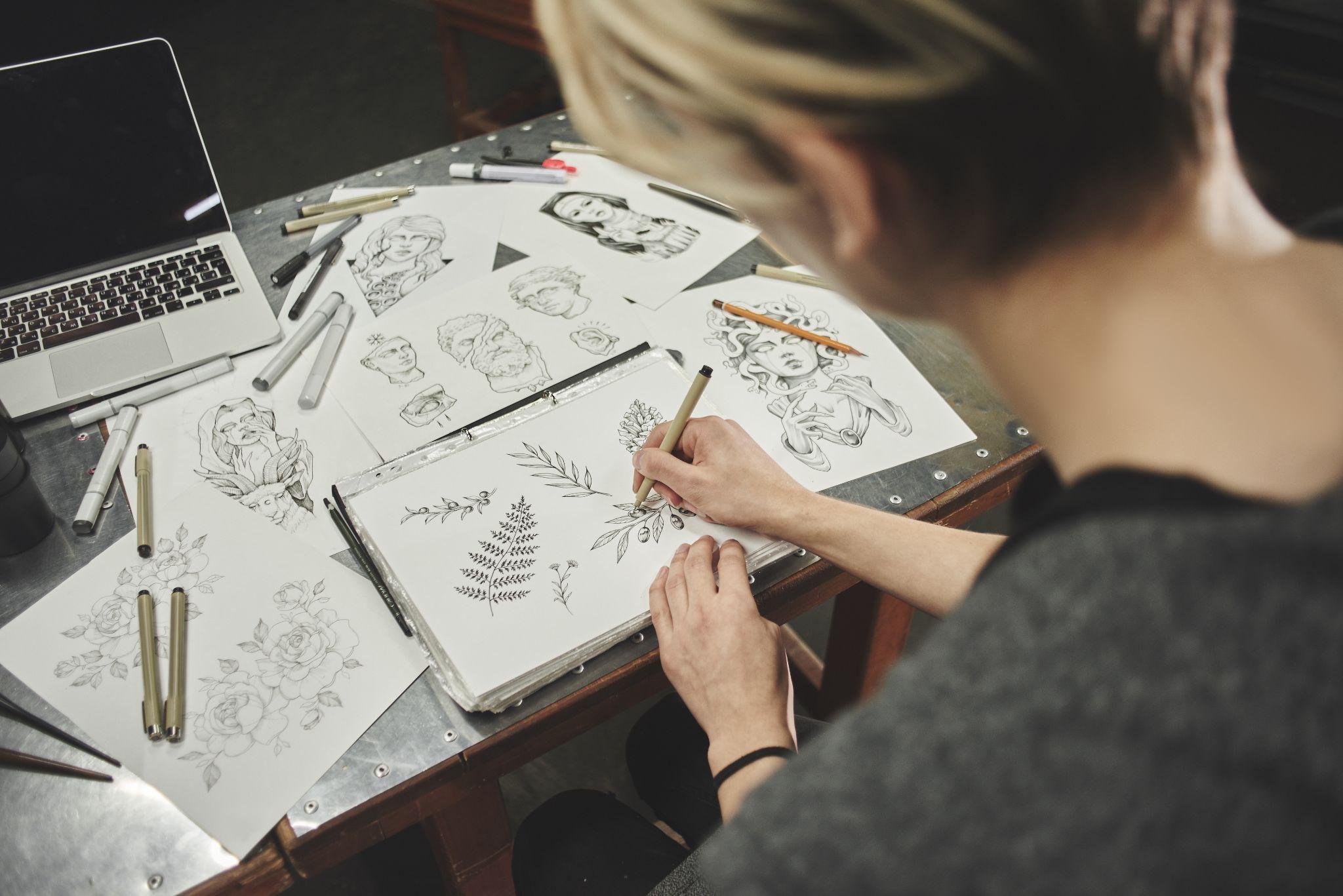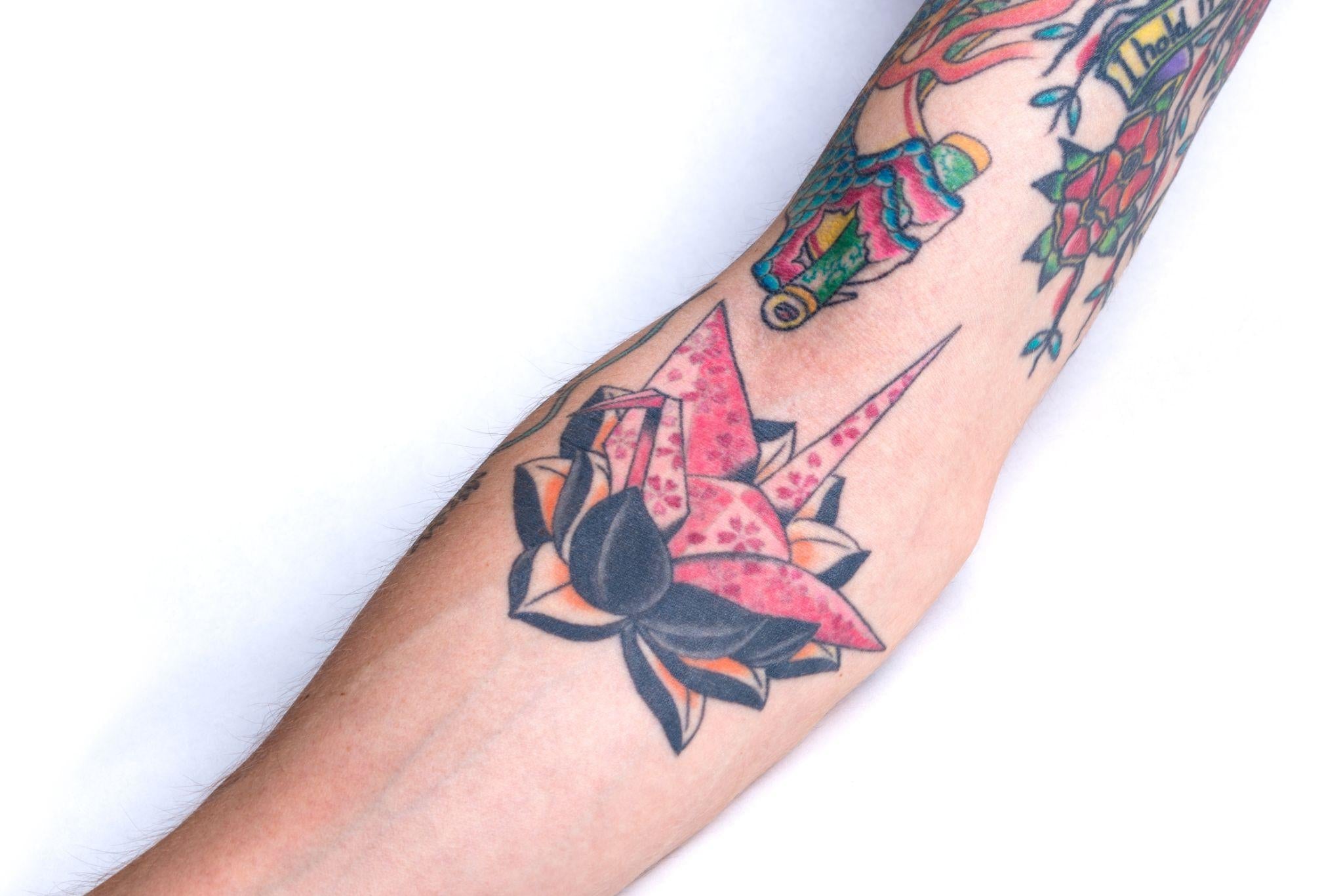
Tattoo Symbols and Their Cultural Significance
Tattoos are more than ink on skin. Around the world, they represent heritage, status, beliefs, and personal stories. Many people choose tattoos for their meaning, not just for the look. Learning about tattoo symbols and meanings can bring a deeper connection to the designs we wear.
What Do Tattoos Mean in Different Cultures?
Across generations and continents, tattoos have carried all kinds of messages. They speak of universal ideas like identity, protection, power, and memory. These symbols have also evolved over time, shaped by history, migration, and modern expression. Today, they carry not only tradition but also new layers of meaning and depth.
The following are a few examples of influential cultural traditions that have left a mark on tattoo history.
Native American Tattoo Symbols and Meanings

Native American tattoos often reflect nature, spirituality, and tribe affiliation. Designs are rich with meaning and vary between nations.
Across various tribes’ tattoos:
- Animals like eagles, wolves, or bears often represent characteristics like strength, loyalty, and leadership
- Arrows can have different meanings depending on their orientation, ranging from conflict and war to nonviolence and peace
- In many tribes, warrior markings were earned through acts of bravery and used to honor ancestors
These symbolic tattoos and meanings have been deeply tied to rituals, coming-of-age ceremonies, and personal experiences.
Polynesian Tattoo Symbols and Meanings
Tattooing is a sacred art in Polynesian cultures. In places like Samoa, Tonga, and the Marquesas, tattoos mark social status, family, and personal achievements.
In Polynesian designs:
- Enata patterns can show genealogy and relationships
- Spearheads commonly stand for courage and strength
- Triangle “shark tooth” motifs symbolize protection, strength, and adaptability
While their striking style and geometric motifs may just look like patterns at first glance, traditional tattoo symbols throughout Polynesia are layered with meaning.
Japanese Tattoo Symbols and Meanings

Irezumi is the Japanese tradition of full-body tattoos with deep cultural ties. These tattoos are used to tell stories, often inspired by mythology and folklore.
In Japanese traditional styles:
- Koi fish stand for perseverance and overcoming challenges, and can be a symbol of masculinity
- Dragons represent wisdom, strength, and good fortune
- Cherry blossoms remind us of the fleeting nature of life
- Tigers symbolize protection and courage
Because traditional irezumi tattoos feature narratives, it is normal for them to be very large and take up entire areas of the body.
Chinese Tattoo Symbols and Meanings
In Chinese culture, tattoos once carried a negative stigma but have seen a resurgence. Today, Chinese tattoo symbols and meanings often focus on beauty, power, and philosophy.
In Chinese tattoos:
- Chinese characters can be used to represent love, peace, strength, or family
- The dragon (lóng) and phoenix (fèng huáng) are common figures that serve as counterparts and represent concepts like balance and rebirth
- Lotus flowers symbolize purity rising through adversity
These designs are often elegant and packed with spiritual symbolism.
Indian Tattoo Symbols and Meanings

India has a long history of body marking. Tribal tattoos, especially in states like Odisha and Madhya Pradesh, have long been used to symbolize protection and identity.
In Indian tattoos:
- Mandalas, named for the Sanskrit word for “circle,” represent concepts like unity, balance, and spiritual journeys
- Deities and sacred symbols reflect things like devotion and cultural pride
- Traditional tribal designs often feature facial tattoos, with purposes ranging from showing social status to signifying masculinity
Indian tattoos vary across regions, but they often blend religion, tradition, and personal expression.
Filipino Tattoo Symbols and Meanings
Known as batok, Filipino tribal tattoos were used to show bravery, strength, and social status. Tattooing was common among warriors and high-ranking individuals, but colonization interrupted these practices, almost causing them to disappear.
In Filipino tribal tattoos:
- A traditional centipede motif offers protection, especially from evil
- Sun and stars designs can symbolize leadership or divine guidance
- Mountains indicate connection to one’s tribe and ancestors
Reviving the near-lost art of batok is now seen as reclaiming identity and honoring pre-colonial heritage.
Choosing a Culturally Significant Tattoo
Picking a design rooted in your culture or ancestry can carry deep meaning. Before choosing, take time to learn about the tattoo symbols and meanings that relate to your roots. Ask yourself what the symbol represents, how it connects to your values, and if it will still feel meaningful in the future.
Here are a few tips:
- Research your own cultural heritage before choosing a design
- Work with an artist who understands traditional tattoo symbols
- Avoid designs from other cultures unless you have taken time to learn and show respect
- Understand the meaning behind each element, not just the overall design
- Think long-term—some tattoos carry messages that last beyond trends
Wearing symbolic tattoos is powerful, but respect matters. Cultural tattoo meanings often carry centuries of history.
Ink, Identity, and Fashion

Tattooing is about identity, just like the clothes you wear. At Sullen Clothing, our gear is made for those who respect the roots of tattoo culture and want to carry that attitude into everyday life. Whether you’re inked up or just starting your journey, check out our collections for men and women and rep your style with art that means something.

